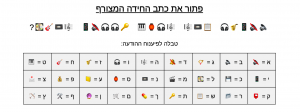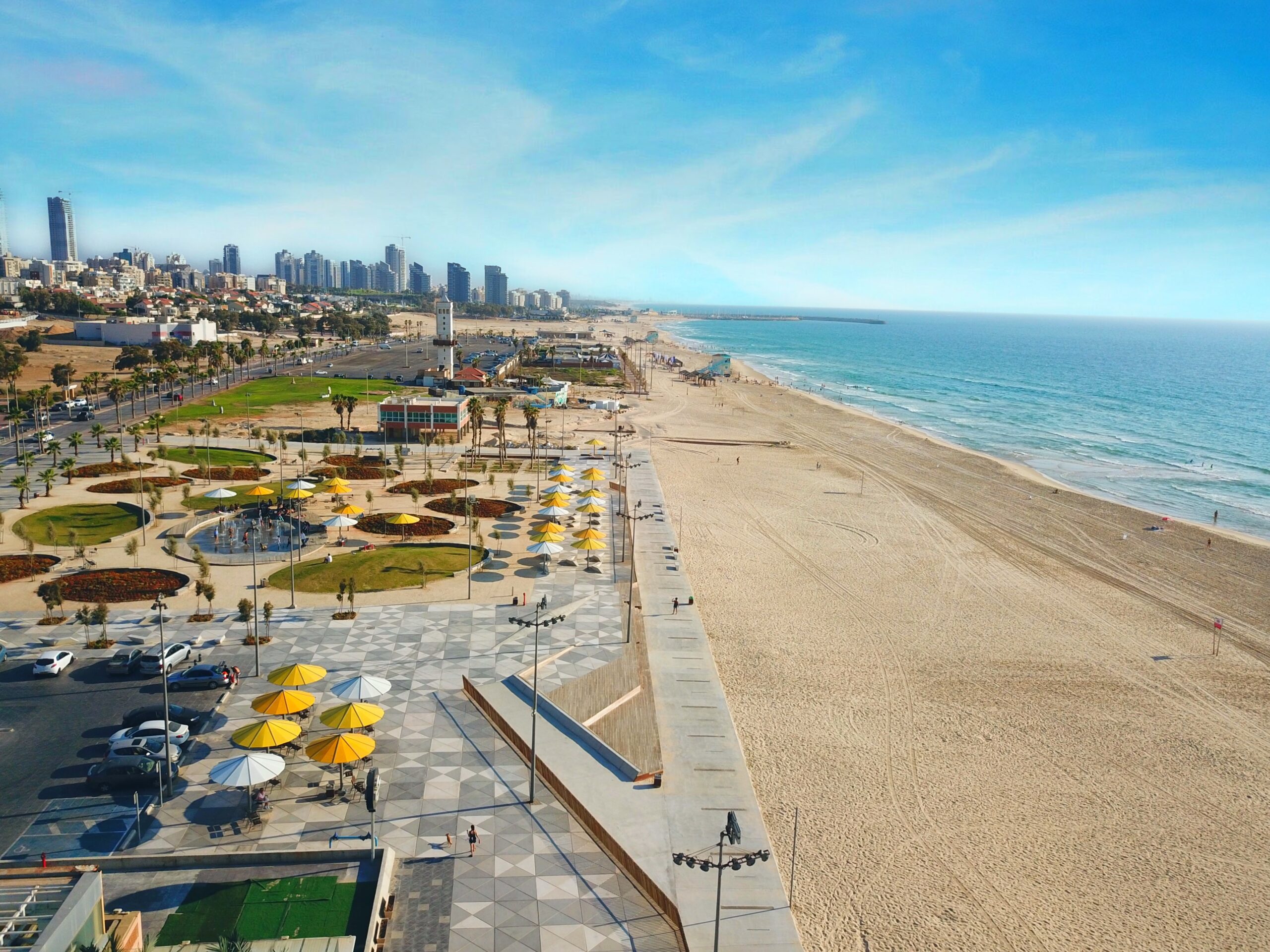Did you know that Nahal Lachish is older than the city of Ashdod?
The Lachish River (also known as Wadi Sukarir) has been flowing here since biblical times.
The Lachish River, like many other rivers, has served humanity for millennia. Initially as a source of water and food, and later, with the development of various cultures, it met the needs of a growing society.
As settlements developed around rivers, they also became a means of waste disposal for the settlements. In the 1950s, after the establishment of the state, the Lachish River served as a center for recreation and leisure for the residents of nearby settlements: independent fishing, kayaking, and swimming. But at the same time, there was a growing realization that rivers had a role to play in solving problems, meaning that rivers along the coast could be used as a means to channel liquid waste, such as sewage and industrial residues, away from the settlement area. In fact, rivers could be used as a means to mitigate a problem: there is waste that needs to be removed, and there is a flowing river, so the river can be used to solve the problem.
This behavior led to river pollution and damage to the ecological environments nearby. Of course, in a polluted river, swimming or wading is not possible, and one cannot enjoy fishing in it. This was also true for the Lachish River. With the growth of the city of Ashdod in the 1970s and 1980s and the ongoing population increase, pressure on the Lachish River increased, meaning that it suffered more and more from human activity around it.
In the mid-1990s, there was a change in approach: the river is not a solution to the problem, it is a resource to be used wisely and treated with respect. As a result of this change in approach, rehabilitation work on the river began in 1996, and one of the outcomes of these efforts is the trail that you are hiking on. To carry out these actions, the Municipality of Ashdod and the Association of Cities for Environmental Quality Ashdod-Yavne Region collaborated.
But in order to start treating the river and contribute to its healing, we must first understand what ails it. There was a reasonable concern that there were industrial waste and heavy metals in the river. Thanks to meticulous quality tests (conducted by the Environmental Protection Agency), it was discovered that the waste in the river was agricultural, not industrial, which has important implications for the river’s health, as agricultural waste is less hazardous and less polluting than industrial waste, making it easier to clean and rehabilitate the river from it.
Today, the condition of the Lachish River (the area that is mostly under the municipal authority of the Municipality of Ashdod) is considered healthy. However, this does not mean we can rest on our laurels. The Association of Cities for Environmental Quality Ashdod-Yavne Region continues to monitor the river’s condition through periodic live and plant surveys and ongoing monitoring of water quality and various substances that can be found in it. Unfortunately, the river is still affected by human activity, and we must continue to work for its health, so that it continues to serve us as a place for outings and stays, and for the healthy living of many animals and plants.
Question: In which year was the river project initiated?
 VisitAshdod2@ashdod.muni.il
VisitAshdod2@ashdod.muni.il 08-8545481
08-8545481
















